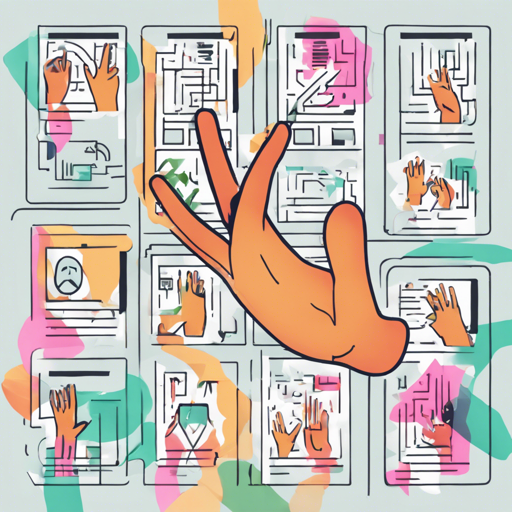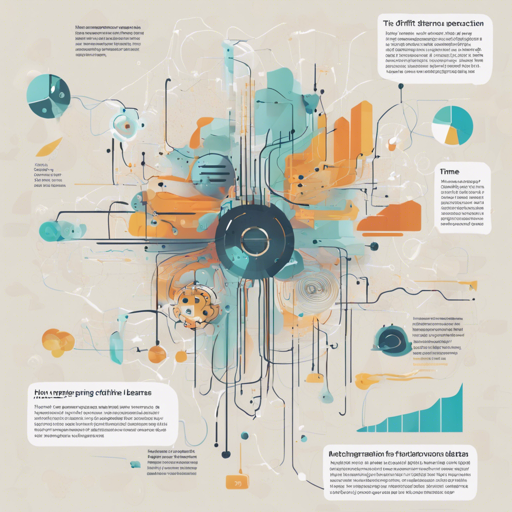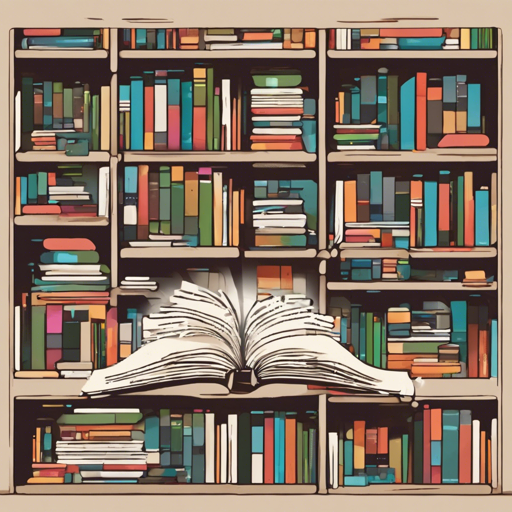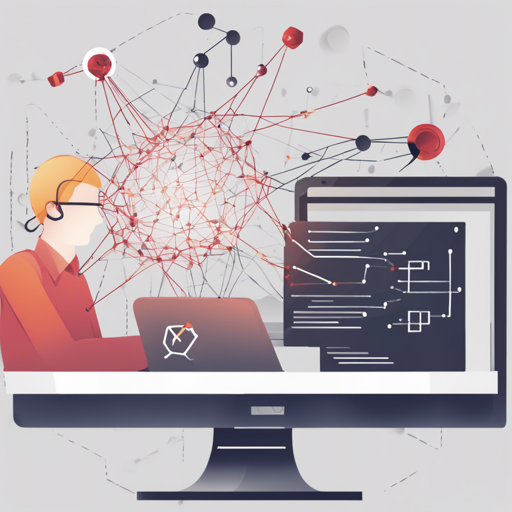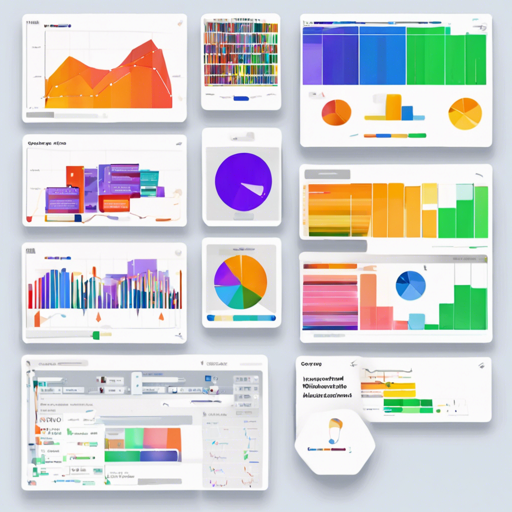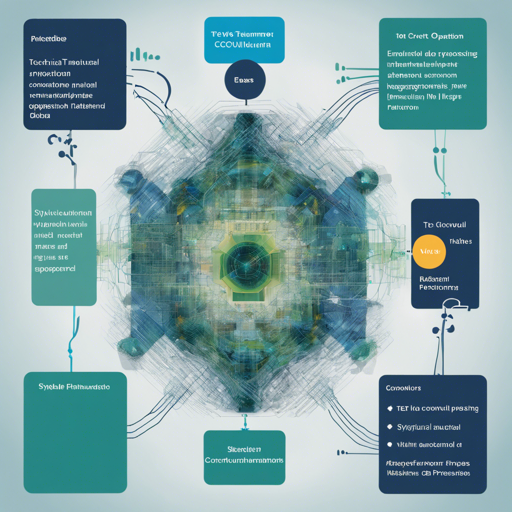Welcome to the world of AI Image Signal Processing (ISP) and Computational Photography! If you're eager to dive into low-level computer vision and imaging using deep learning, you're in the right place. This guide will walk you through the essentials, and by the end,...
How to Get Started with PLynx: A Domain Agnostic Experimental Management Platform
Welcome to the world of PLynx, a powerful tool designed to manage reproducible experiments and data-oriented workflows. In this blog, we will walk you through the steps to get started with PLynx, covering installation, configuration, and troubleshooting tips. Features...
SLR Alphabet Recognizer: A Guide to Building Your Own Sign Language Recognizer
Creating a Sign Language Alphabet Recognizer using Python, OpenCV, and TensorFlow is an exciting project combining computer vision and deep learning. In this guide, we will walk you through the setup, training, and usage of this powerful tool, perfect for helping...
How to Use Frouros for Drift Detection in Machine Learning
Frouros is a specialized Python library designed for drift detection in machine learning systems. In this article, we will guide you through using Frouros to detect both concept and data drift effectively. Quickstart: Concept Drift Detection Let’s dive right into an...
How to Use BookNLP for Natural Language Processing on Books
BookNLP is a powerful natural language processing pipeline tailored for analyzing books and long documents in English. Its multifaceted functionalities include part-of-speech tagging, dependency parsing, and named entity recognition, among others. In this guide, we...
Getting Started with TNT: A Guide to PyTorch Training Tools
Welcome to the world of TNT, a powerful library designed to enhance your PyTorch training experience. In this guide, we'll walk you through the steps to install TNT, troubleshoot common issues, and explore the features this library offers. Let’s dive in! What is TNT?...
Switching to the @whiskeysocketsbaileys Library for Your WhatsApp AI Bot
In the fast-paced world of artificial intelligence, selecting the right libraries and frameworks can make a significant difference in the performance and usability of your chatbots. We're excited to share that we're transitioning to the lightweight and easily...
How to Implement and Use Crayon for Visualisation with TensorBoard
Crayon is an innovative framework that gives you the power of visualizing TensorBoard functionalities in Python, Lua, or even any language you prefer via a RESTful API. In this article, we will guide you step-by-step on how to set up and use Crayon effectively,...
How to Implement Convolutional Vision Transformers (CvT)
In the ever-evolving world of artificial intelligence, efficient and robust models are essential. The CvT (Convolutional Vision Transformers) architecture combines the best features of Convolutional Neural Networks (CNNs) and Vision Transformers (ViTs) to create a...



